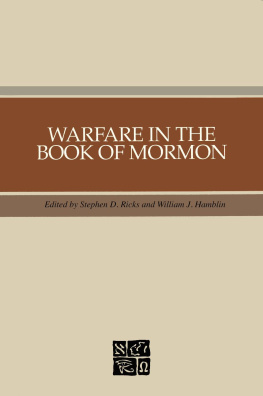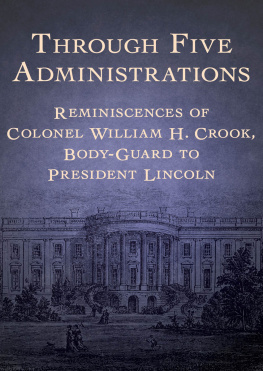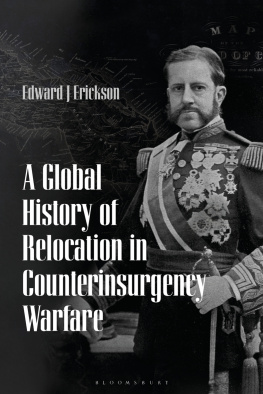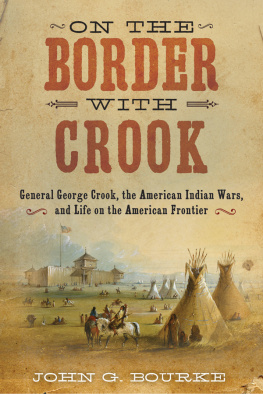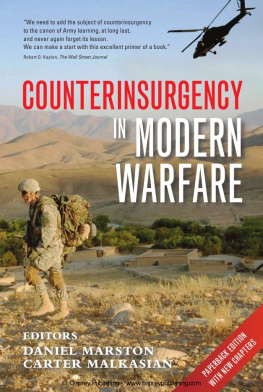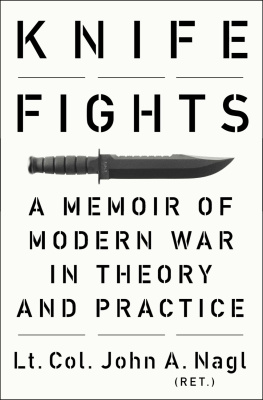This edition is published by PICKLE PARTNERS PUBLISHINGwww.picklepartnerspublishing.com
To join our mailing list for new titles or for issues with our books picklepublishing@gmail.com
Or on Facebook
Text originally published in 2001 under the same title.
Pickle Partners Publishing 2015, all rights reserved. No part of this publication may be reproduced, stored in a retrieval system or transmitted by any means, electrical, mechanical or otherwise without the written permission of the copyright holder.
Publishers Note
Although in most cases we have retained the Authors original spelling and grammar to authentically reproduce the work of the Author and the original intent of such material, some additional notes and clarifications have been added for the modern readers benefit.
We have also made every effort to include all maps and illustrations of the original edition the limitations of formatting do not allow of including larger maps, we will upload as many of these maps as possible.
GENERAL CROOK AND COUNTERINSURGENCY WARFARE
by
LTC William L. Greenberg USA
ABSTRACT
This thesis investigates the operational and tactical procedures in counterinsurgency warfare developed by General George Crook while commanding U.S. Army forces in southwest and the northern plains. This work includes a brief introduction of General Crooks career before and during the Civil War. The study examines the capabilities of the U.S. Army and its Apache and Sioux opponents during Indian campaigns, which Crook participated in. Inherent in the study is an in-depth examination of Crooks campaigns against the Apaches in the 1872-75, 1882-86, and against the Sioux and Cheyenne in 1876-77.
This study concludes that General Crook, through trial and error, developed a distinct brand of operational and tactical procedures to conduct effective counterinsurgency warfare. Though lacking a coherent strategic national policy concerning the Indians, Crook was capable of successfully developing and executing a coherent counterinsurgency policy at the operational and tactical levels. This comprehensive program produced victories against his enemies in the field and an integrated acculturation policy for the Indians who resided on the reservation. Crooks use of Apache scouts and the pack mule train revolutionized the Armys ability to track down the insurgents and defeat them. His use of population controls coupled with economic development provided his Indian opponents an alternative way of life for their societies.
CHAPTER 1INTRODUCTION AND BACKGROUND
The topic of this thesis concerns the career of General George Crook and his development of counterinsurgency procedures at the operational and tactical level. The U.S. Army spent a vast majority of its time, resources, and effort conducting counterinsurgency operations against Native Americans, commonly called Indians, through the first one hundred and thirty years of our nations history. General Crook was one of the few senior officers who spent the majority of his military career conducting counterinsurgency operations and who has left an impact on how those operations should be conducted. This thesis will focus on General Crooks career and the development of his tactical and operational procedures dealing with counterinsurgency. Emphasis will be placed on his role in the two major campaigns conducted in the southwest against the Apaches and his actions in the Sioux Campaign of 1876-77. The thesis will show that General Crook developed a set of comprehensive operational and tactical procedures while conducting operations against the Indians in these three major campaigns.
This topic is important for a number of reasons. The antecedents of how the U.S. Army conducts its stability and support operations in the present day can be directly related to how the military conducted operations against the Indians in the nineteenth century. The current emphasis in stability operations on mobility, continuous operations, small unit leadership, and self-sufficiency are all directly related to the U.S. Armys experience fighting the Indians. This continuity of experience needs to be understood by the military. Further it is important for the current leadership within the U.S. Army to understand the circumstances and situations that their predecessors found themselves in when conducting counterinsurgency operations against the insurgent Indians. This thesis will provide future leaders with a historical background concerning counterinsurgent operations to help them when dealing with similar situations in such diverse places as Bosnia, Kosovo, or Columbia.
One of the keys to this thesis is understanding what constitutes counterinsurgency. First, there have been many different definitions and names given to the term called counterinsurgency. Numerous individuals and groups, including the U.S. Army, have given their definition of counterinsurgency. This thesis will use the definition for counterinsurgency which is found in U.S. Army Counterinsurgency and Contingency Operations Doctrine by Andrew J. Birtle. Birtles definition is: Counterinsurgency: All of the political, economic, social, and military actions taken by a government for the suppression of insurgent, resistance, and revolutionary movements. {1}
This thesis will initially discuss General Crooks early career in the West, through his Civil War actions, and his subsequent campaigning against the Indians in the Northwest. This will then lead to a discussion concerning the environment in which General Crook operated in while in command, concentrating on his Apache campaigns of 1872 and 1882-86 and on the Sioux Campaign of 1876-77. This second chapter will further describe the capabilities and limitations of the participants in these campaigns and the differences within operational areas in which Crook conducted his campaigns. Chapter 2 will further describe the similarities and the differences between engaging the Apache in the southwest of the United States, fighting the Sioux on the high plains or the Bannocks and Piautes on the broken and mountainous terrain of Idaho. In order to understand General Crooks accomplishments, it is crucial to understand the environment that the campaigns were conducted in.
The next three chapters will describe in detail Crooks actions while conducting the 1872 campaign against the Coyotero and Yavapai Apaches in Arizona Territory, his participation in the Centennial Campaign of 1876-18777 against the Sioux, and his participation in the campaign conducted against Geronimo and the Chiricahua Apaches in 1882-86. {2} These campaigns show Crook in a senior leadership role, where he developed and refined his key innovations in counterinsurgency tactics and techniques.
The final chapter will then examine General Crooks innovations at the operational and tactical levels of war in counterinsurgency operations. This chapter will concentrate on innovations General Crook developed as part of his counterinsurgency doctrine. At the operational level Crook conducted his campaigns using all elements of political, economic, physiological, and military power to defeat and ultimately pacifies his enemy. General Crook also made a tremendous impact on the tactical level with his development of a series of tactical solutions for unique counterinsurgency problems. His use of Apache scouts, as the preponderant tracking and striking force, was crucial to his ability to find and defeat the insurgent Apaches. This research will show that Crooks tactical solution of using Apache scouts was correct and possibly was the only means that could have achieved victory against the elusive Apache. Crooks other innovations, such as use of the pack mule train, used in lieu of the standard supply wagon train, were crucial in raising the mobility of the forces who were placed into the field to find the insurgents. Crooks ability to keep his mixed columns of scouts and cavalry in the field, relentlessly pursuing his enemy, even in inhospitable terrain of Northern Mexico, was crucial to his success.




